What to do When Generations Clash
Article by:Jonathan DavisEO AustinI’ve just returned from the EO President’s Meeting in Dallas, Texas, USA, where one of the biggest topics was the significance of delivering value to members in order to ensure retention. Like most organizations and companies, acquiring a new member (or customer) is very expensive and time-consuming. It seems obvious that, once you’ve acquired them, retaining members should be a heavy area of focus for any leadership team.
The discussion eventually shifted to the age of our members and the risks/rewards of eliminating the ceiling that is currently placed on new members. When EO was started more than 20 years ago, it was created for entrepreneurs who were under the age of 40. When I joined five years ago, the average age of a member was about 37. Today, the average age of a member is 41. To put it more simply : Every year that I’ve been part of this organization, the average age has gone up by one year, and a new generation of entrepreneurs are ushered in. This is indicative of our entire population, and the management of these people is a major challenge for companies everywhere. As businesses continue to grow and mature, entrepreneurs are worried about the retention of their employees, as well as the age of their teams.
Author Jason Dorsey, widely known by the business word as the “GenY Guy,” has some incredible data points regarding generational employees. Here are a few:
For the first time ever, the world has four generations working together in the same workplace (GenY, GenX, Baby Boomers and “the Mature” Generation)
The average life expectancy of a Baby Boomer is about 78, while the “retirement age” is still 65
GenY employees are the first generation in history that will likely need to work for 65 years (that’s retirement at 87-90 years old)
On top of these points, here are several scary ones for business leaders:
While Baby Boomers are finally comfortable with e-mail and are actively learning about Facebook, GenY’ers aren’t using those mediums as much because they’re cumbersome and/or they’re no longer “cool.”
GenY’ers believe that long-term tenure in a role is 13 months. Meanwhile, Baby Boomers want to give these employees reviews once a year.
GenY’ers aren’t really motivated by money as a “carrot” the way previous generations have been. Why? Because their parents (those same Boomers) have given them a credit card to pay for things like gas, groceries, vacations, etc.
Driving retention, loyalty and performance from the GenY population is becoming a real challenge for businesses. This is a generation that is affordable, hard-working and passionate about their work, but they can’t be relied on to work diligently from 8 a.m. to 6 p.m. every day. They aren’t interested in sitting in meetings to talk about the next meeting, and they’re no longer “tech savvy.” Rather, Jason calls them “tech dependent,” because they don’t have any idea how their smart phone works— they just know they can’t live without it.
What are you supposed to do as a business leader when you wake up and realize that the future of your organization depends on leveraging this new population of workers; these people that you can’t relate to? Here are a few suggestions Jason offers:
Accept that while work/life balance is something that Baby Boomers dream about and GenX’ers talk about, GenY lives it. You won’t be able to keep them around if you expect them to sacrifice their friendships and social time. Create a workplace that inspires them and encourages both hard work in short spurts and downtime.
Let GenY’ers work in teams as often as possible. This is a generation that was raised playing soccer, baseball and other team sports. If you’re asking them to work solo and independently without praise, they’re not going to stay engaged.
Start with the outcome and then work backwards to talk about the steps. This is counter-intuitive to the way most people are used to teaching, but by starting with the big picture and driving universal awareness of the challenges, GenY’ers will embrace the challenge and buy in to the goals instead of zoning out.
Give employee reviews all the time— 10-minute check-ins every week or two are significantly more powerful than an annual review. Let this new generation know what they are doing right, give them praise, offer corrective actions and make minor adjustments all the time instead of hoping they’ll be around for their first annual review.
These and other tips are in Jason Dorsey’s new book, Y-Size Your Business: How Gen Y Employees Can Save You Money and Grow Your Business, which I recommend to all of my EO peers. Jason offers invaluable insights into how to handle new generations of employees, and he’s taught me a lot about how to set my business up for future success. As an entrepreneur, this is one book I can count on. for EO by Jessica Thiefels, social media coach and organic marketing consultant.
Entrepreneur’s Organization is a global network of over 13,000 business owners. Learn how EO NY helps over 175 business owners grow.
According to Pew Research, close to 15 million Americans are self-employed. Filing your taxes when you’re self-employed means you’re having to deal with a range of new tax rules and regulations that you’ve never dealt with for personal taxes.
To ensure you understand what you have to do, consider turning to a CPA. This person will walk you through what you should and shouldn’t do. You’ll likely see your CPA a few times throughout the year as well to make sure your income is on track and that there are no surprises come tax time.
Even if have an expert to guide you, it’s important to know what’s expected of you for taxes as a self-employed person. Here are just some of the tax rules that may be new to you and are important to know.
1099s
If you’ve paid out more than US$600 to a service provider or received more than US$600 for providing services, you’ll give and get 1099-MISC for each business or person. As someone who’s self-employed, you’ll need to send a 1099 to anyone who you’ve paid more than US$600—think, a freelance writer or web designer. If you use accounting software like Quickbooks, you can do this automatically once you have a W-9 from the person. The companies who owe you a 1099 will send it automatically—there’s no need for you to request it.
Note that you must have the 1099s sent out by January 31, according to Micah Fraim’s Freelance Tax Guide, so put it on your calendar to avoid a penalty.
Quarterly Tax Payments
Quarterly tax payments are paid by self-employed individuals who plan to earn more than $1,000 in the tax year. The IRS requires you to pay taxes as you earn income throughout the year and when you work for a company, the amount of money withheld from your paycheck covers this. As a self-employed individual however, you have to make quarterly tax payments to cover these taxes throughout the year yourself.
It’s important that you pay enough quarterly taxes and that each payment is made on time. The IRS explains, “If you don’t pay enough tax through withholding and estimated tax payments, you may be charged a penalty. You also may be charged a penalty if your estimated tax payments are late, even if you are due a refund when you file your tax return.”
This is another reason why it’s important to work with a financial professional or CPA. They will ensure that you know exact payment dates along with the correct estimated totals.
Expense Tracking
Keep a receipt for anything that you buy for your business, from stamps for mailing checks to your invoicing software and passes to industry conferences. These expenses are deductible and reduce the overall total dollar amount that you owe taxes on. According to the same tax guide from Micah Fraim, some of the common tax deductions are:
Office supplies and equipment
Travel and meals
Internet
Phone
Advertising
Health insurance premiums
Professional development
Bank fees
Software costs
Keep track of each expense so they can be factored into your taxes at the end of the year. There are a variety of apps you can use for this, and most accounting software allows you to do it as well.
Check out EO member and CPA Greg Crabtree’s perspective on paying taxes.
Home Office Deduction
If you’re a contractor or freelancer, there’s a good chance you work from a home office. If you have an office area designated as a working space, you’re allowed to deduct a percentage of the cost of that space, as well as a percentage of utilities used.
Amy Bergen, writer for Money Under 30, explains: “The home office also needs to be the principal or primary place of your business—your base. If you occasionally work or have meetings elsewhere, you can take the deduction as long as you use the home office consistently.”
There are a few methods for taking advantage of this deduction. Work with your financial advisor to choose the best one for you.
Self-Employment Tax
This tax covers your contribution to Medicare and Social Security as a self-employed individual. This is normally taken out of your paycheck, but since you’re no longer a W-2 employee, you’re now responsible for this yourself. As such, this cost is factored into your quarterly tax payments.
Intuit explains:
“When you’re self-employed, you are paid the full amount you earn. Nothing is deducted from your check for Social Security and Medicare taxes. Instead, you make estimated tax payments during the year to pay your SE tax and your income tax. If you don’t make estimated tax payments, then you pay these taxes when you file your return.”
The tax rate for the self-employment tax is 15.3 percent, with 12.4 percent for Social Security and 2.9 percent for Medicare.
Know Your Tax Obligations
It’s important that you know your tax obligations as a self-employed individual to avoid fees or penalties. Working with a financial professional ensures that you’re not missing important payments and are totally prepared come tax season. Get familiar with your responsibilities as you step into the world of self-employment to start your tax year on the right foot.
Unlock Your Full Potential as an Entrepreneur
Unlock your potential with the Entrepreneurs' Organization (EO). Immerse yourself in exclusive events with renowned speakers, participate in peer-to-peer mentorship, access high-level executive education programs, and join intimate forums for reciprocal learning and support. Embrace a world of opportunities designed for high-revenue entrepreneurs like you.
Don't wait, join EO today and propel your entrepreneurial journey to new heights!

